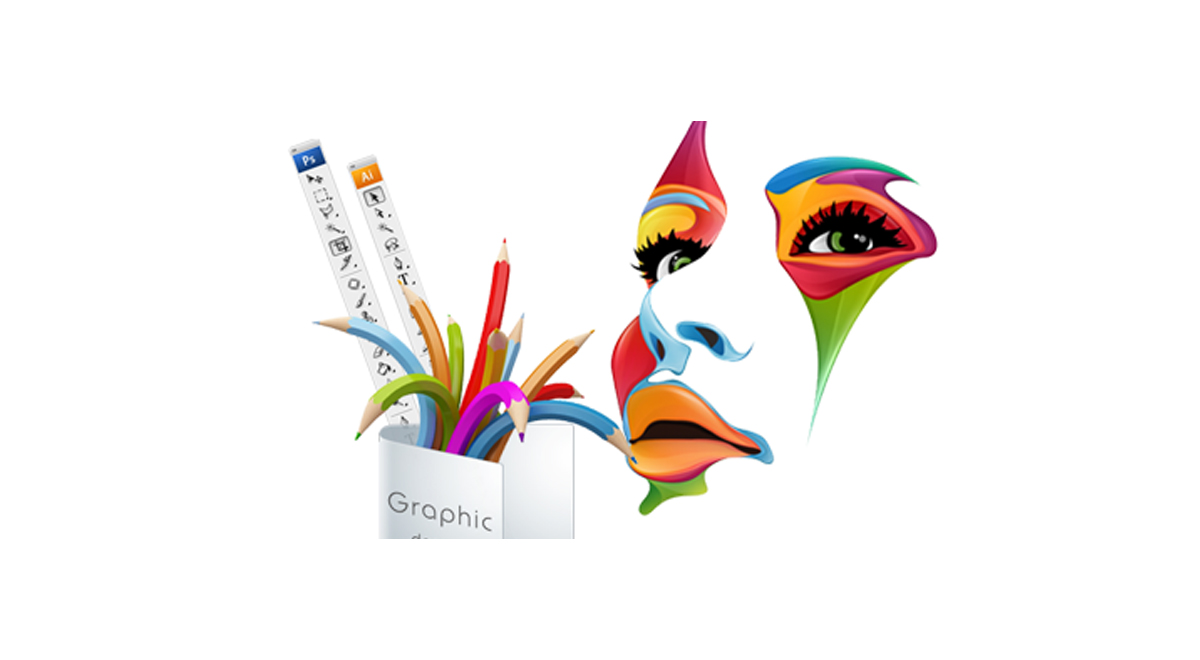CSS Margins
CSS Margins
The CSS margin properties are utilized to make space around elements, outside of any characterized borders.With CSS, you have full control over the margins. There are properties for setting the margin for each side of a component (top, right, base, and left).
Margin - Individual Sides
CSS has properties for specifying the margin for each side of an element:margin-topmargin-rightmargin-bottommargin-left
Example
margin-top: 100px;
margin-bottom: 100px;
margin-right: 150px;
margin-left: 80px;}
Margin - Shorthand Property
To shorten the code, it is possible to specify all the margin properties in one property.The
margin property is a shorthand property for the following individual margin properties:margin-topmargin-rightmargin-bottommargin-left
If the
margin property has four values:- margin: 25px 50px 75px 100px;
- top margin is 25px
- right margin is 50px
- bottom margin is 75px
- left margin is 100px
Example
margin: 25px 50px 75px 100px;}
margin property has three values:- margin: 25px 50px 75px;
- top margin is 25px
- right and left margins are 50px
- bottom margin is 75px
Example
margin: 25px 50px 75px;}
margin property has two values:- margin: 25px 50px;
- top and bottom margins are 25px
- right and left margins are 50px
Example
margin: 25px 50px;}
margin property has one value:- margin: 25px;
- all four margins are 25px
Example
margin: 25px;}
Auto Value
You can set the margin property toauto to horizontally center the element within its container.Example
width: 300px;
margin: auto;
border: 1px solid red;}
Inherit Value
This example lets the left margin of the <p class="ex1"> element be inherited from the parent element (<div>):Example
border: 1px solid red;
margin-left: 100px;}
p.ex1 {
margin-left: inherit;}
Margin Collapse
Top and bottom margins of elements are sometimes collapsed into a single margin that is equal to the largest of the two margins.Example
margin: 0 0 50px 0;}
h2 {
margin: 20px 0 0 0;}









